Mount Etna Is An Active Stratovolcano On The East Coast Of Sicily.
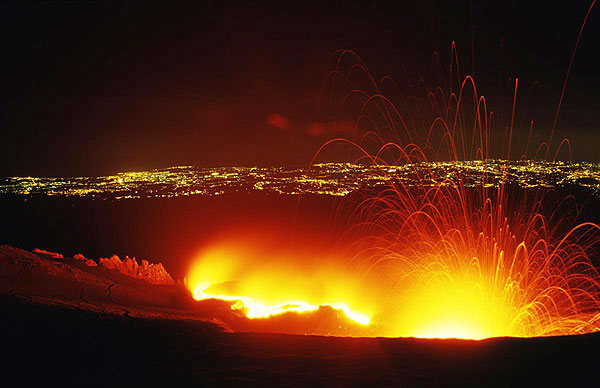
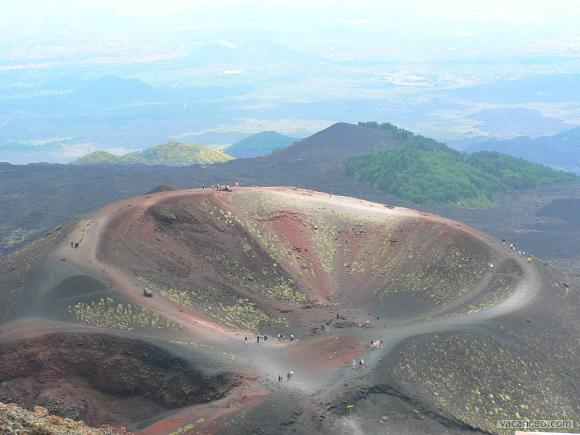
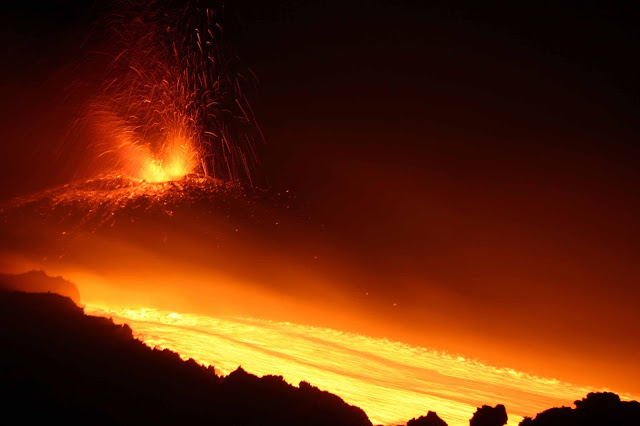
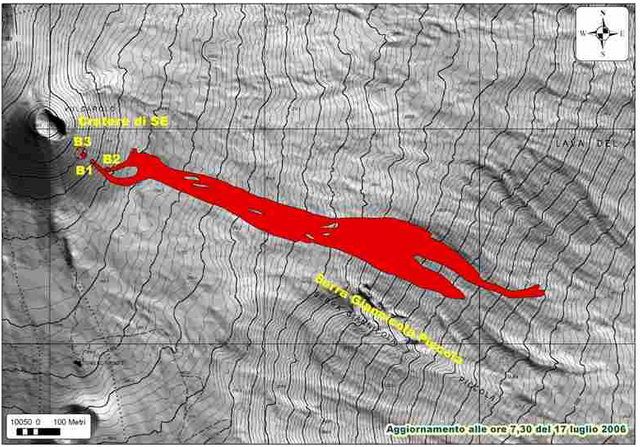
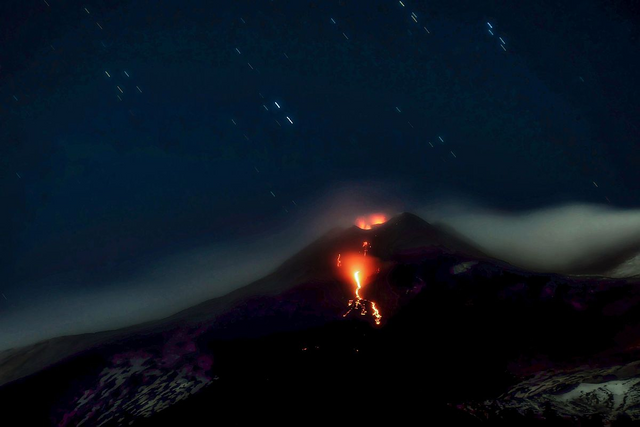
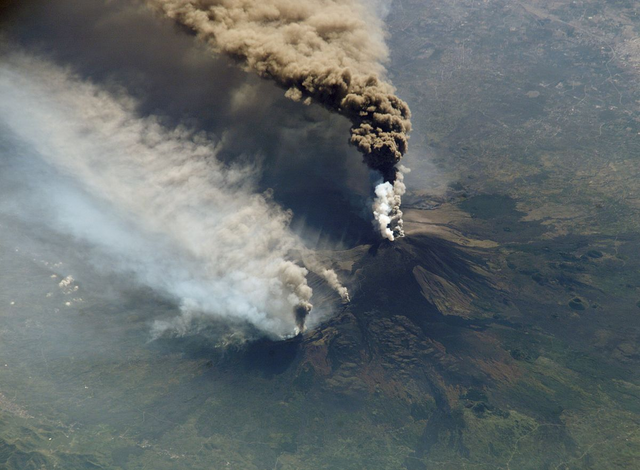
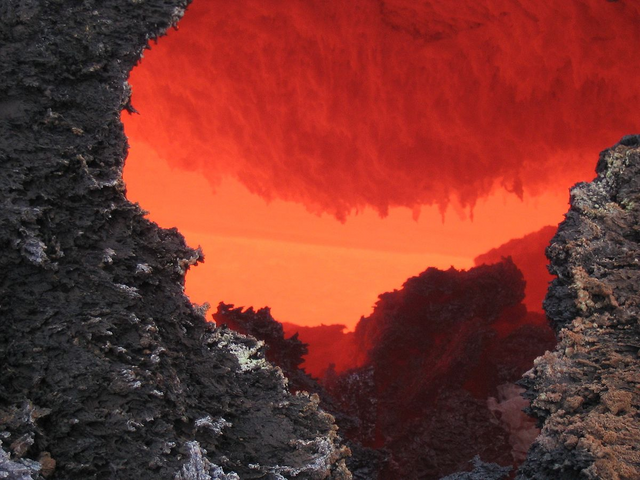
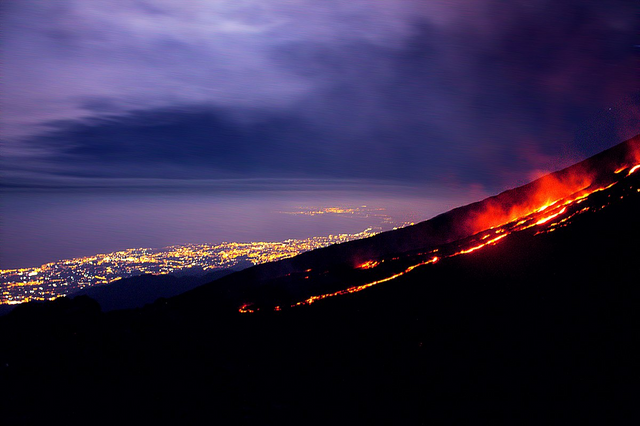
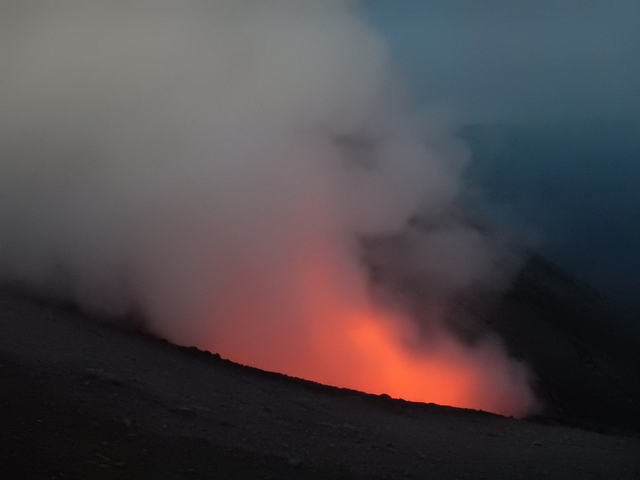
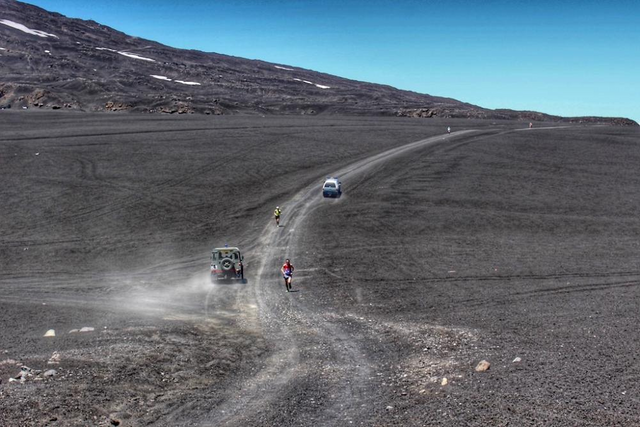
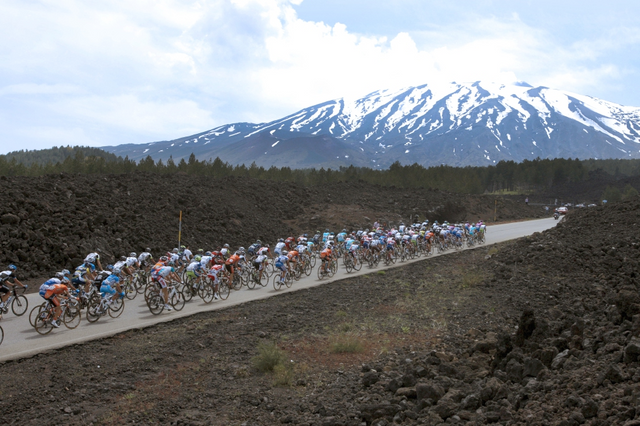
Etna is the most majestic active volcano in Europe.
round the craters, the lava flows confirm the incessant activity of the volcano. Today the Etna volcano, which dominates the entire province of Catania, looks like a huge black cone (white in winter), visible from 250 km away.
It is a disturbing presence of which all the inhabitants of Catania, while distrusting the threat it represents, are proud and call it a natural treasure to be not afraid of.
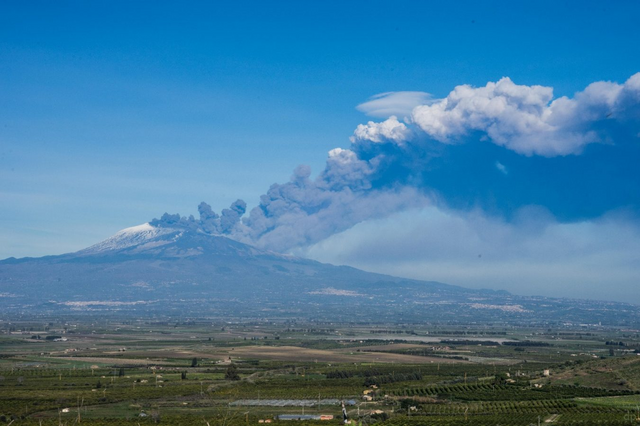
Once upon a time, his sight alone was enough to navigate, without the need for a compass. Thus, Etna for Sicilian sailors functioned as an “anemometer, because the direction in which the smoke moved indicated the direction of the wind forces, also as a barometer because, the arrangement of the clouds along the slopes of Etna, indicated the rains passed away. "
The external structure of the Etna volcano, as it appears to our eyes, has four craters: the Central Crater (the oldest of the summit craters), the Bocca Nuova (formed in 1968), the North-East Crater (formed in 1911) , and finally the youngest, the Southeast Crater (formed in 1971).
The latter has significantly increased in height in recent years, due to the frequent "Strombolian" type eruptions that have occurred in recent years.
Fatalism, superstitions, myths and legends.
Fatalism merges with superstition, myth and legend, but now, through constant monitoring of the area conducted by the Institute of Geophysics and Volcanology, as well as through technical interventions, it is possible to predict volcanic activities, their importance and take precautionary measures and preliminaries on magmatic flows.
Sources:
View this post on TravelFeed for the best experience.
Que fotografías tan espectaculares. La belleza y fuerza de la naturaleza, saludos
En efecto @popurri y lo más curioso es que provoca muy pocos daños. Es más lo espectacular que lo peligroso. Incluso se cultivan viñedos con uvas de muy buena calidad a los pies del volcán.
Los lugareños ya están acostumbrados a los ruidos que anteceden a cada erupción y no le prestan demasiada atención. Incluso una de las etapas del giro de Italia llega hasta donde está el Observatorio del Etna a casi 3.000 mts de altura.
Gracias por comentar y apoyar el contenido del post.
Saludos y buen fin de semana.
The breathtaking beauty of Etna erupting @testarasta.
Beautiful pictures.
Regards.
Thank you for commenting and voting on the content of this post @hugo1954
Greetings and have a good weekend.